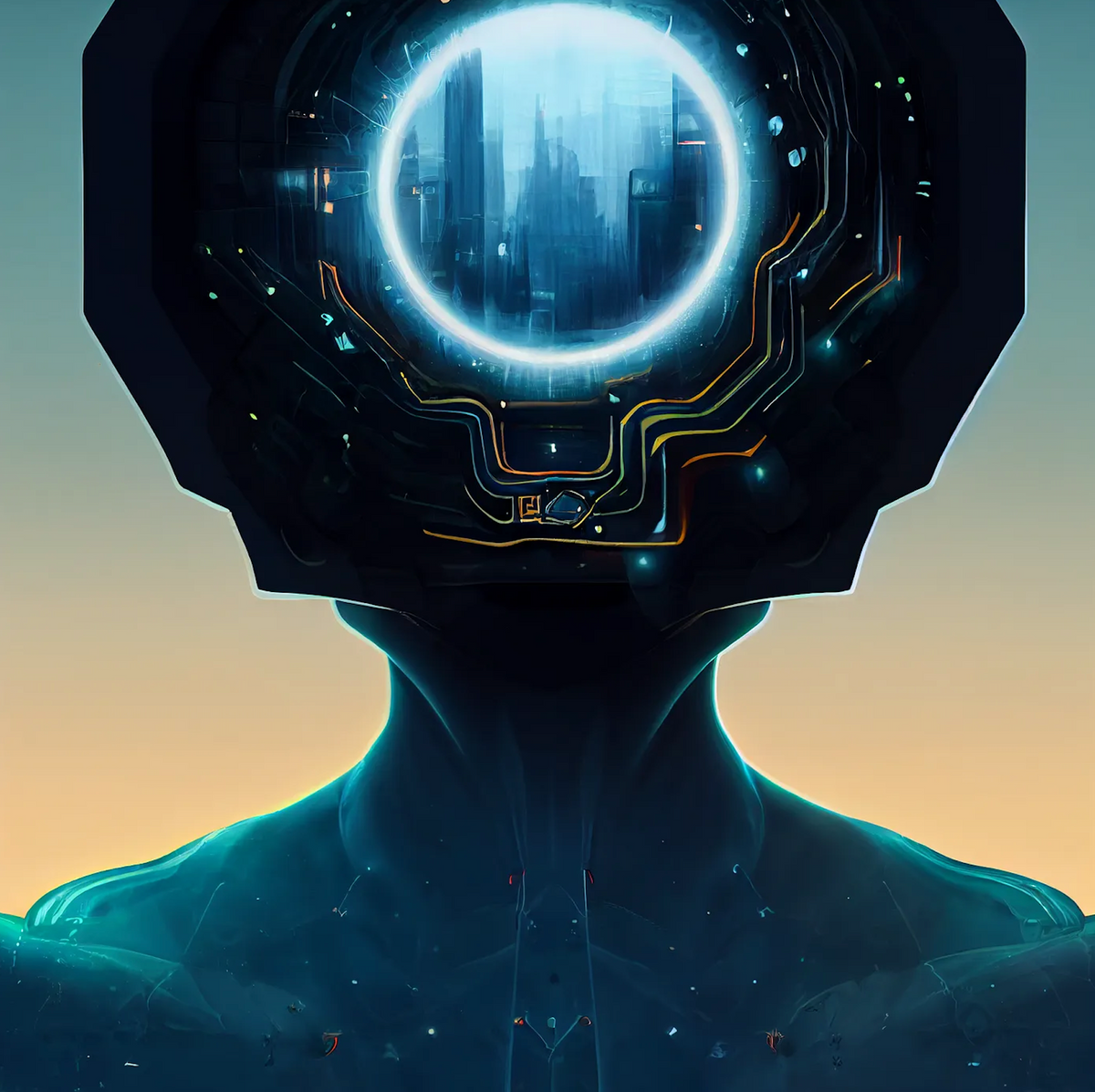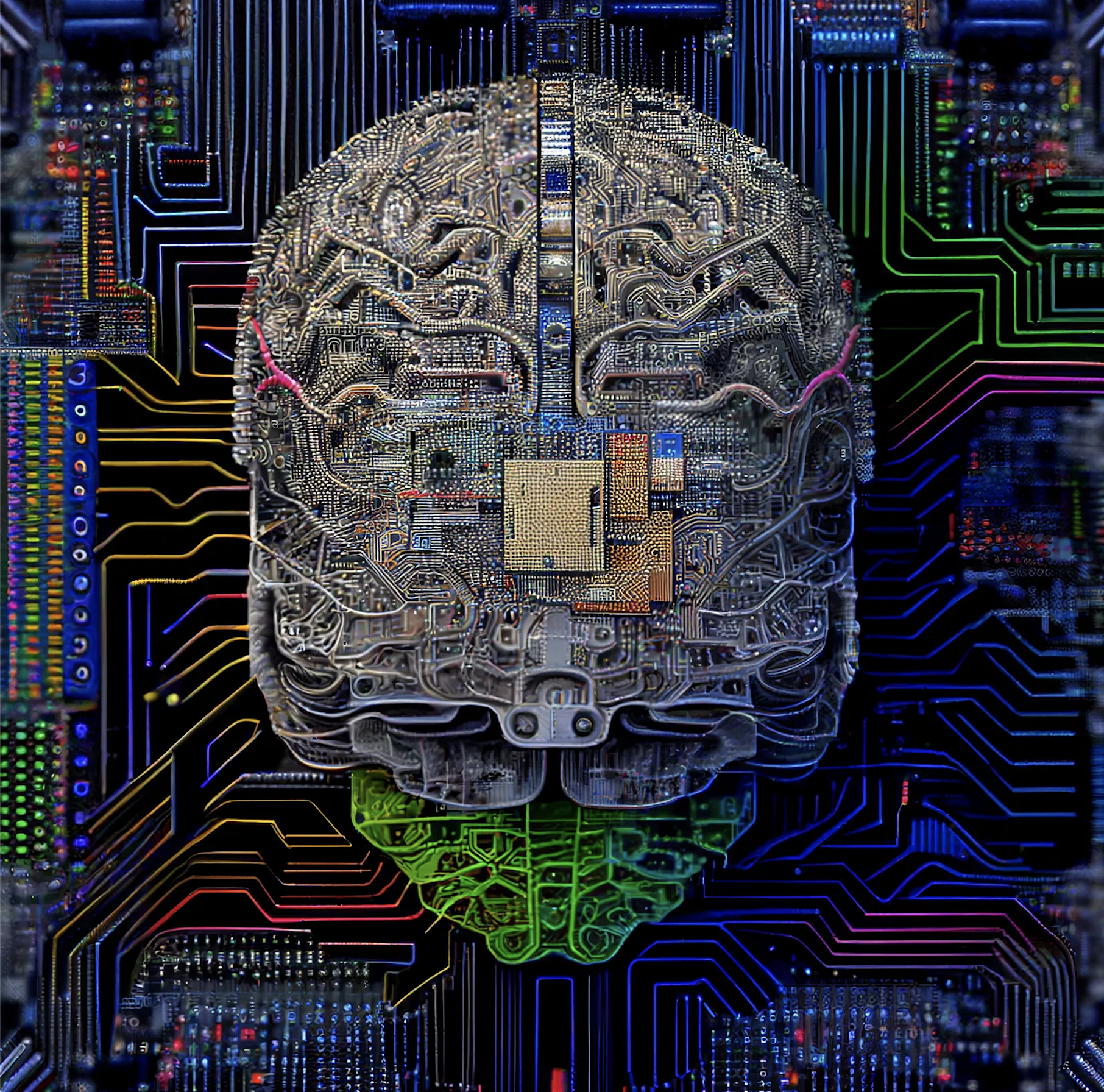Now Create Mind-Clones of Digital Virtual Humans: A Step-by-Step Guide
Welcome the emergence of virtual humans and mind-clones.

I go by the name of Srinidhi Ranganathan, also known as the Digital Marketing Legend or the king of digital marketing, guys. With technology advancing at an unprecedented pace, we are witnessing the emergence of virtual humans or digital avatars that can replicate real human behaviour and interact with us in a lifelike manner. One of the exciting developments in this field is the creation of mind-clones, which are digital replicas of human minds that can be uploaded to virtual environments.
In this article, we will outline the step-by-step process of creating mind-clones of digital virtual humans.
Step 1: Collect data and construct a model
The first step in creating a mind-clone is to gather as much data as possible about the person whose mind is being cloned. This information can come from various sources, such as brain scans, medical records, social media profiles, and interviews. The more data you have, the more accurate the mind-clone will be.
After gathering the data, the next step is to create a model of the individual’s brain. This can be achieved using various techniques, including neural networks and machine learning algorithms. The aim is to construct a model that precisely reflects the structure and function of the person’s brain.
Step 2: Map the model to a virtual environment
Once you have created a brain model, the next step is to map that model to a virtual environment. This can be accomplished using technologies like virtual reality (VR) and augmented reality (AR).
The objective is to create a virtual environment that accurately mirrors the person’s physical surroundings and allows them to interact with it in a realistic way. This can encompass basic movements and gestures to complex interactions with other virtual humans and objects in the environment.

Step 3: Program the mind-clone
After mapping the model to a virtual environment, the next step is to program the mind-clone itself. This involves creating a set of algorithms that enable the mind-clone to interact with the virtual environment and other virtual humans realistically.
This can encompass basic actions like walking and talking to complex interactions like decision-making and problem-solving. The goal is to create a mind-clone that is as close to the real human as possible, in terms of both behavior and thought processes.
Step 4: Train the mind-clone
Once you have programmed the mind-clone, the next step is to train it. This entails exposing it to various situations and scenarios in the virtual environment and monitoring its responses.
The aim is to train the mind-clone to respond to different situations in a realistic way and refine its behaviour over time. This can encompass basic responses to questions and more complex interactions like socializing and problem-solving.
Step 5: Continuously update and enhance the mind-clone
The final step in creating a mind-clone is to continuously update and enhance it over time. This involves collecting feedback from users and monitoring the mind-clone’s behaviour in the virtual environment.

The objective is to make the mind-clone as realistic as possible and ensure that it continues to evolve and improve over time. This can encompass updating its behaviour in response to user feedback to enhancing its problem-solving abilities based on new data.
In conclusion, the development of mind-clones of digital virtual humans is a thrilling advancement in the field of virtual reality and artificial intelligence. By following these steps, it is possible to create mind-clones that closely resemble real humans in terms of their behaviour and thought processes. As technology continues to progress, we can anticipate even more advanced and lifelike mind-clones in the future.




